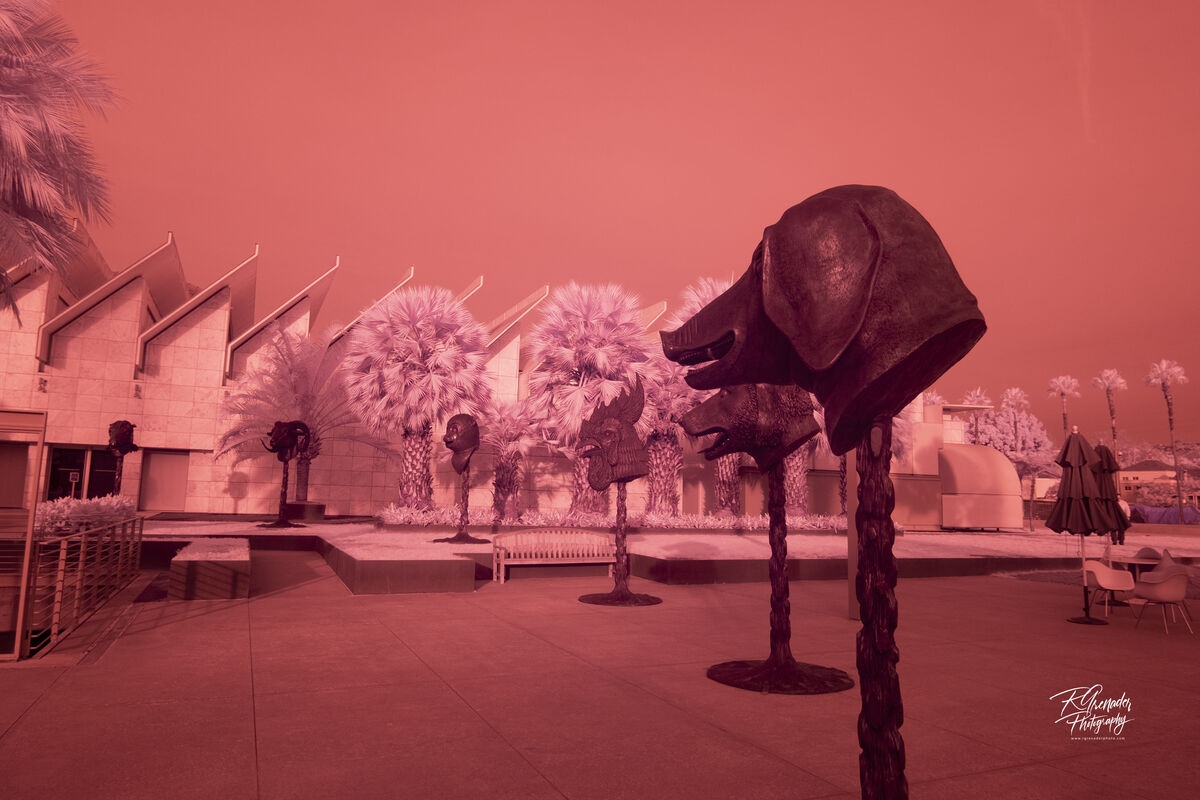IR Nanometer Conversion
May 3, 2023 13:41:29 #
My Fuji XE-1 was purchased used, and I am curious if it is possible to determine the Nm conversion from a RAW image. LifePixel, who did the conversion has no record. This is a RAW image saved as JPG.
May 4, 2023 08:07:25 #
The fact that all is red cast suggests a 720 nm or greater. 520 or 620 nm would introduce some coloration. Did you do a white balance?
The image appears to be a mock-up... or is it real?
The image appears to be a mock-up... or is it real?
May 4, 2023 09:15:27 #
"This is a RAW image saved as JPG." you mean it is a JPEG that has not been modified? You can not see RAW images they are a series of 0 & 1s and must be converted to a can-see format. JPEG is the most typical and is a compressed form taking up less space. Raw converters give you tools to manipulate the RAW data in a wider way.
May 4, 2023 18:57:09 #
rgrenaderphoto wrote:
My Fuji XE-1 was purchased used, and I am curious if it is possible to determine the Nm conversion from a RAW image. LifePixel, who did the conversion has no record. This is a RAW image saved as JPG.
It is quite easy to determine if you take a similar picture with the same camera settings using known filters so you can compare this image to those known samples.
But be aware that the white balance setting can shift the results.
I am attaching 3 examples using 590, 720 then 850nm filters, all using Sunny WB and no adjustments in the conversion from RAW to JPEG. You can see changes to the resultant color. But change the WB, and things are going to look different.
By the way, when shooting IR in RAW, there is no reason to set a custom white balance since there is no limitation in processing, and the same results can be had.
Shooting in JPEG is different since a JPEG throws away so much information and you have to do a custom WB.
590nm filter, no adjustments, sunny WB
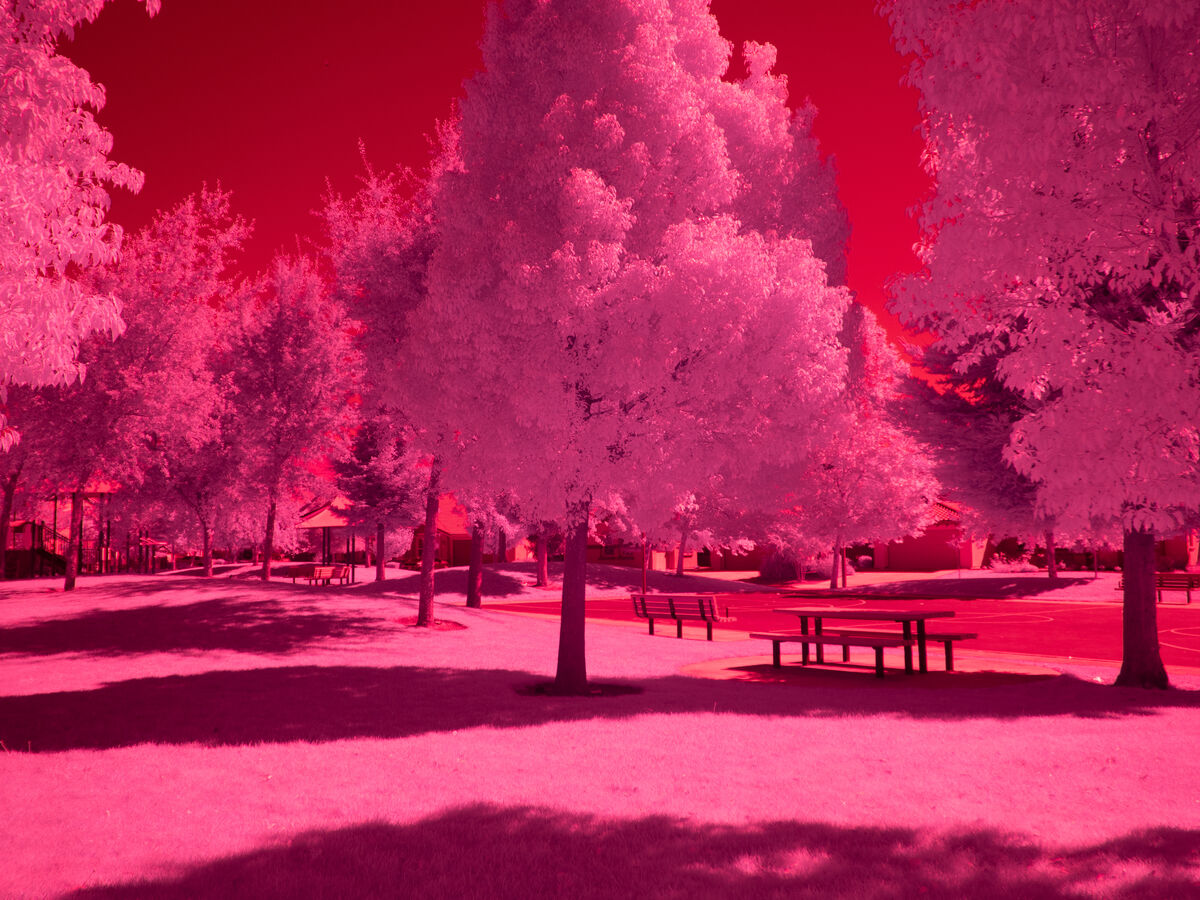
(Download)
720nm filter, no adjustments, sunny WB
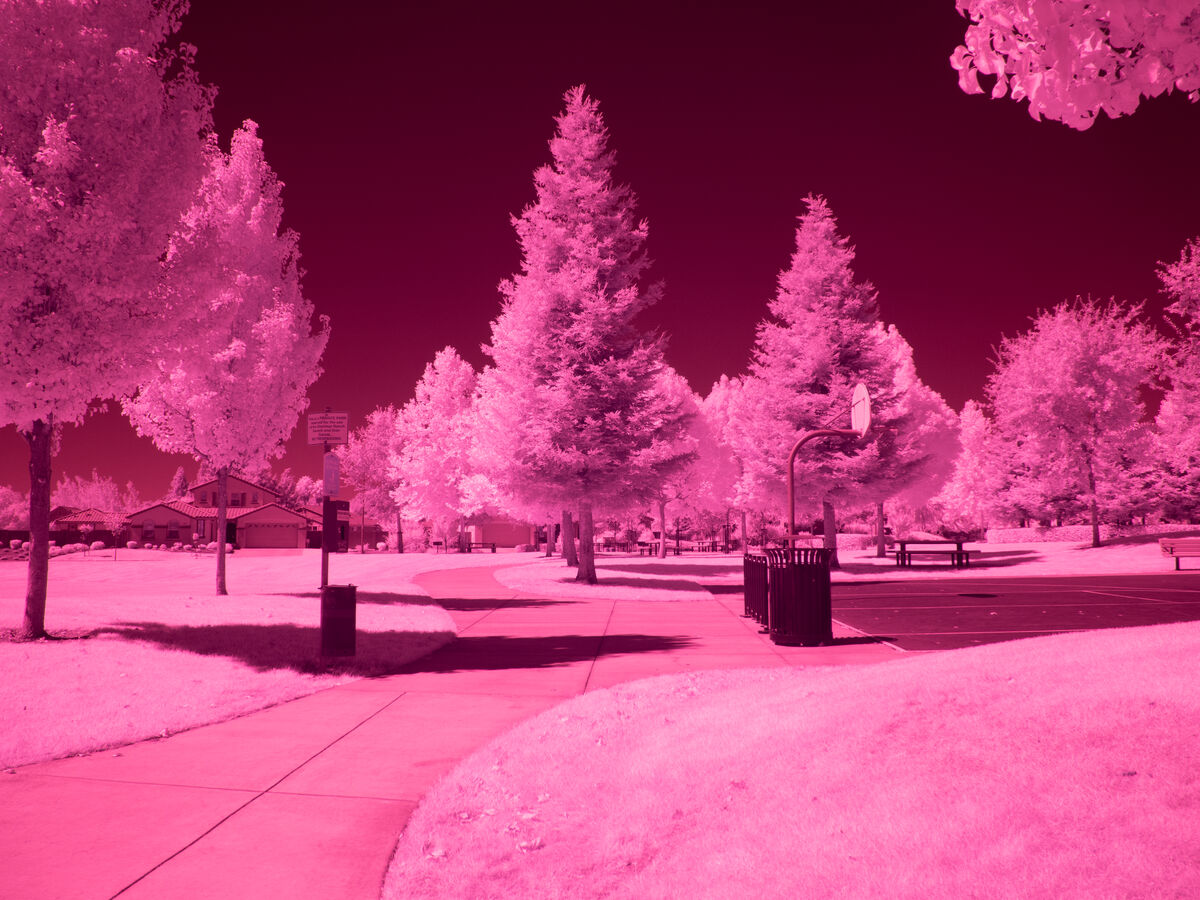
(Download)
850nm filter, no adjustments, sunny WB
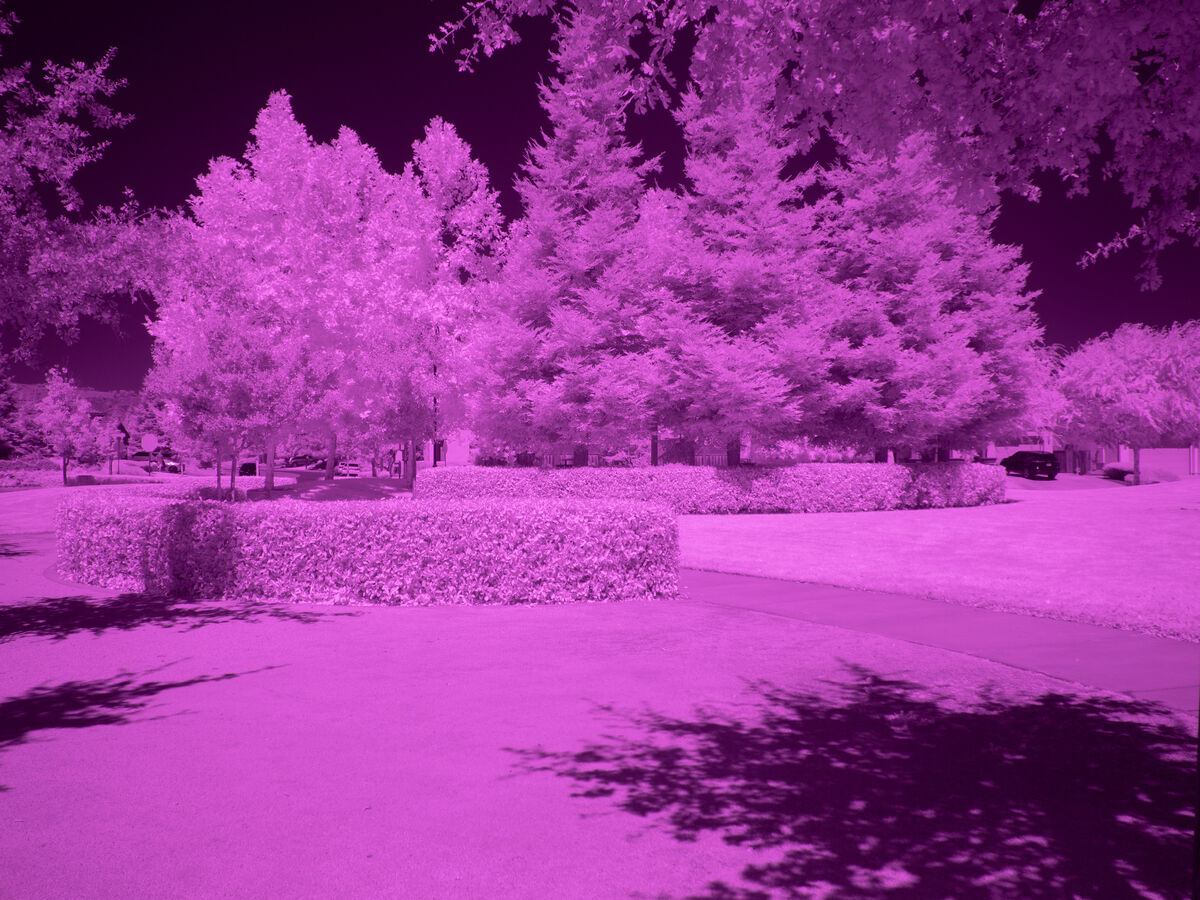
(Download)
May 4, 2023 20:06:37 #
rgrenaderphoto wrote:
My Fuji XE-1 was purchased used, and I am curious if it is possible to determine the Nm conversion from a RAW image. LifePixel, who did the conversion has no record. This is a RAW image saved as JPG.
I am wondering if you have a full spectrum conversion and your image was taken with no IR filter. I went looking for anything I might have with no filter and found this night sky image taken with no filter. Sort of looks like the same color.
I find using no filter to not be very useful.
To prove this point, here is the result of stacking a number of these images and trying to see the famous California Nebula. With no filter, the red color of the nebula does not stand out and you have to sort of use your imagination to see it. It's in there, just not very visible. My personal example on the need for using a filter.
Note: UHH seems to have overexposed the 2nd image, but if you hit download, it is not overexposed.
An original with no filter
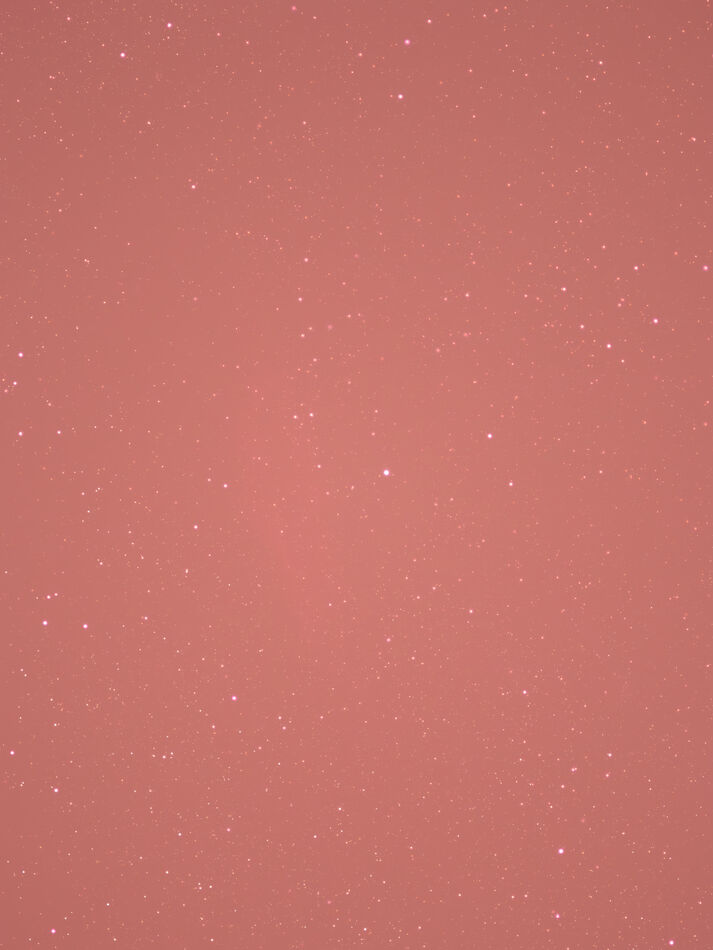
(Download)
After stack a number of images, where is the California Nebula?
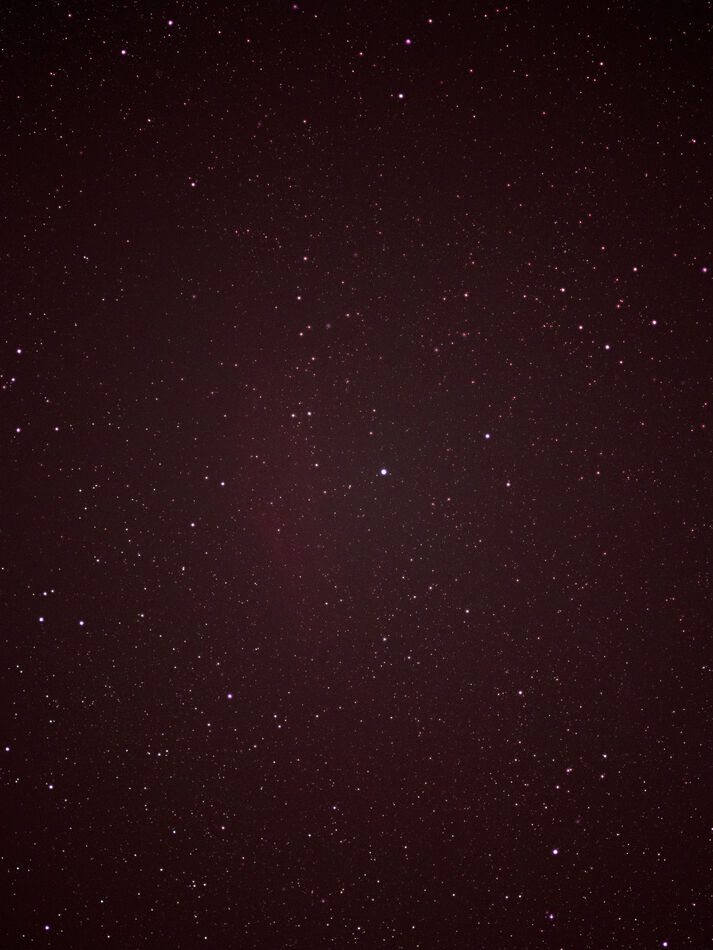
(Download)
May 5, 2023 00:42:08 #
rgrenaderphoto wrote:
My Fuji XE-1 was purchased used, and I am curious if it is possible to determine the Nm conversion from a RAW image. LifePixel, who did the conversion has no record. This is a RAW image saved as JPG.
Here is another way to determine what cutoff filter may be on a camera. Take a picture of this spectrum and make note of what colors are captured (appear light), and where the colors to the left are not captured (appear dark). This method was suggested by Rob Shea, https://blog.robsheaphotography.com/2021/08/15/update-color-infrared-luts.html
Decided I'd better try it to see if it is working as expected. I have a 650nm filter on the camera, and I am using a cheap Chinese filter from eBay. As you can see, the cutoff is way below 650nm on the scale. And also, there is an area farther to the left in which there is leakage and light is getting through. Of course, the filter works and creates nice IR images, but the cutoff is not accurate.
Of course, I did this off the computer monitor and not certain if the response is accurate, of if the camera responds well to the screen.
The third image is with the filter off. Now, I don't expect my monitor to actually output UV light, nor to output IR light, expecting that it is limited to visible light only.
May 5, 2023 16:39:36 #
Did some testing today using a full spectrum camera with no filter and a number of White Balance settings. We haven't concluded that you have a full spectrum conversion, and to take a picture of the screen with that color spectrum certainly would show if there is a cut-off.
The next test would involve using some IR filters. They are inexpensive on eBay. The way the filters work is that if you have a 590nm filter, you can add a 720nm or longer and the camera becomes that filter.
If you have a 720nm filter, you could add an 850nm and it would become that. But you can't go backwards to 590nm.
Here now are a series with no filter where WB is varied just so you can see the changes.
The next test would involve using some IR filters. They are inexpensive on eBay. The way the filters work is that if you have a 590nm filter, you can add a 720nm or longer and the camera becomes that filter.
If you have a 720nm filter, you could add an 850nm and it would become that. But you can't go backwards to 590nm.
Here now are a series with no filter where WB is varied just so you can see the changes.
Auto WB
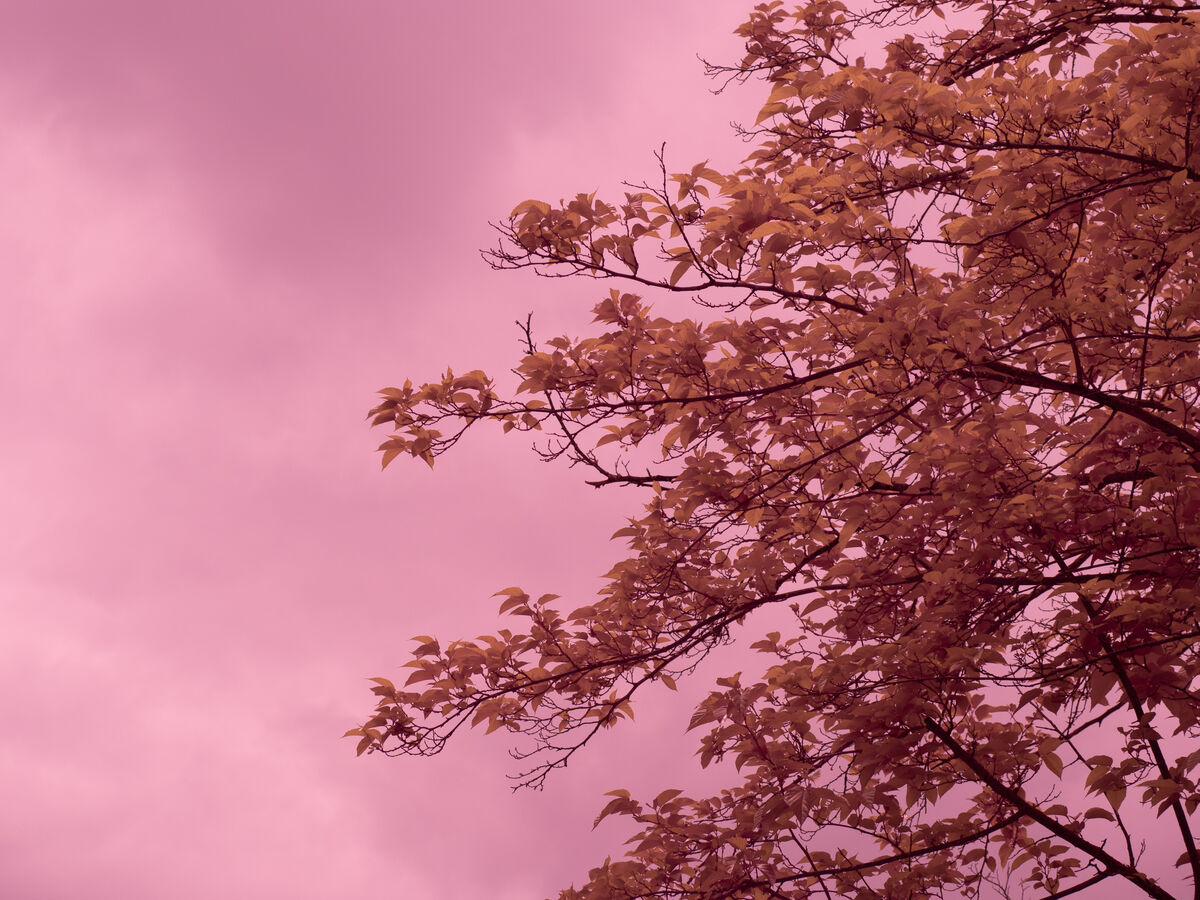
(Download)
Sunny WB
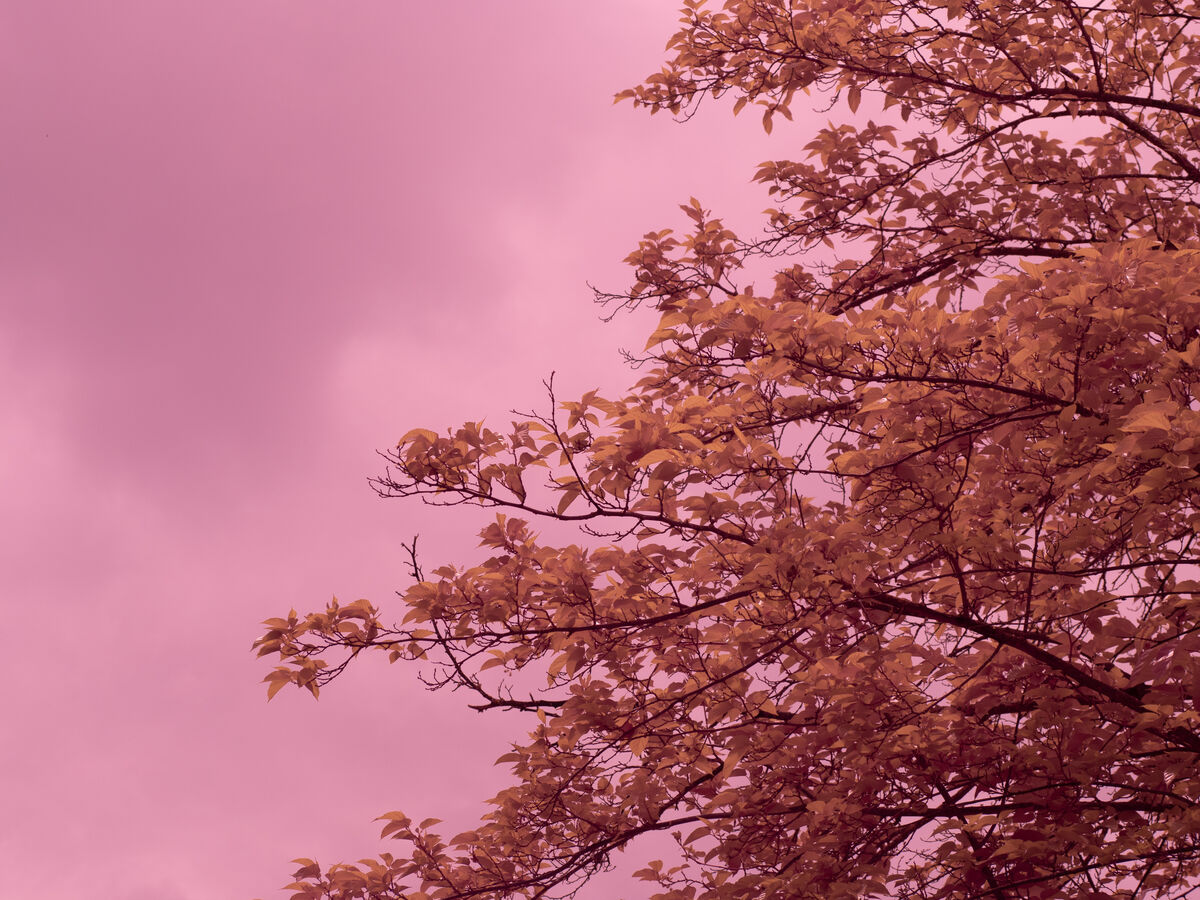
(Download)
Shadow WB
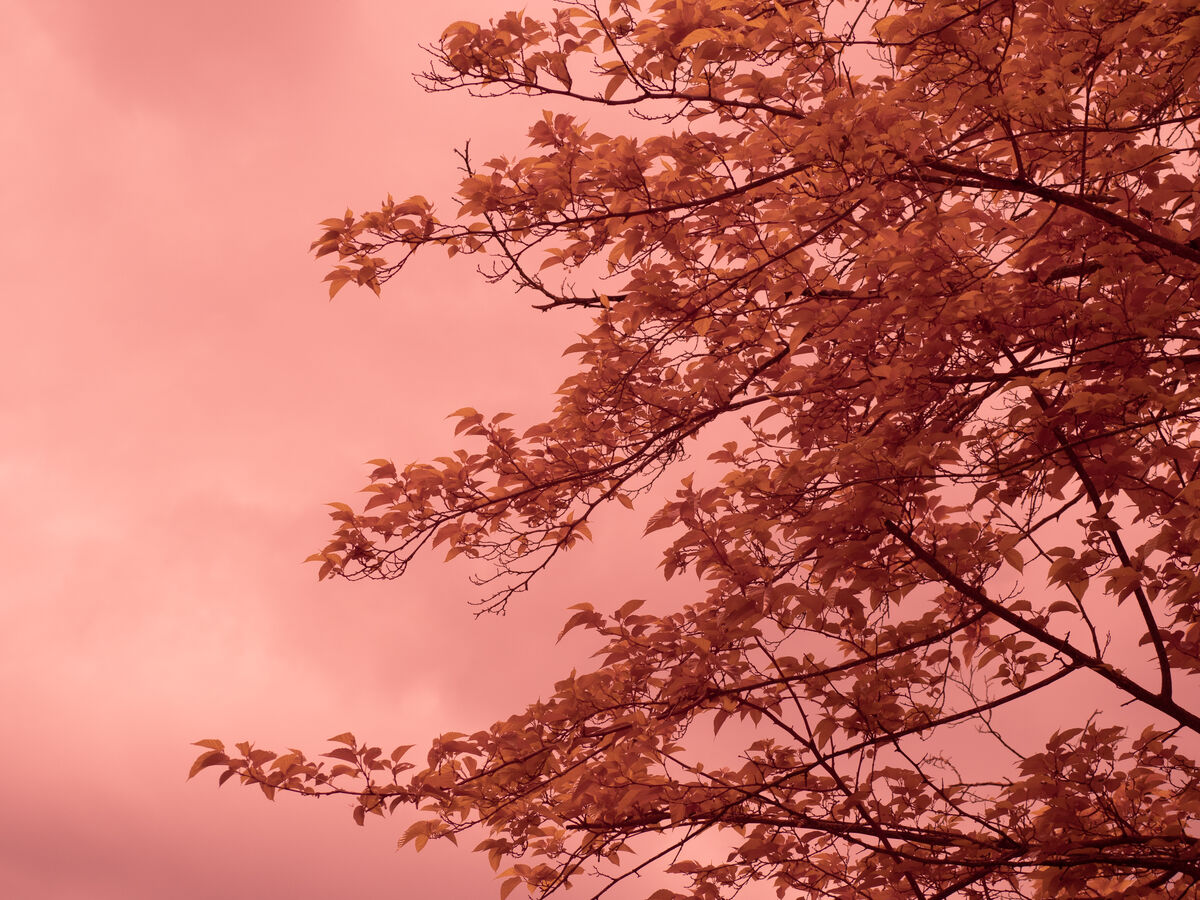
(Download)
Cloudy WB
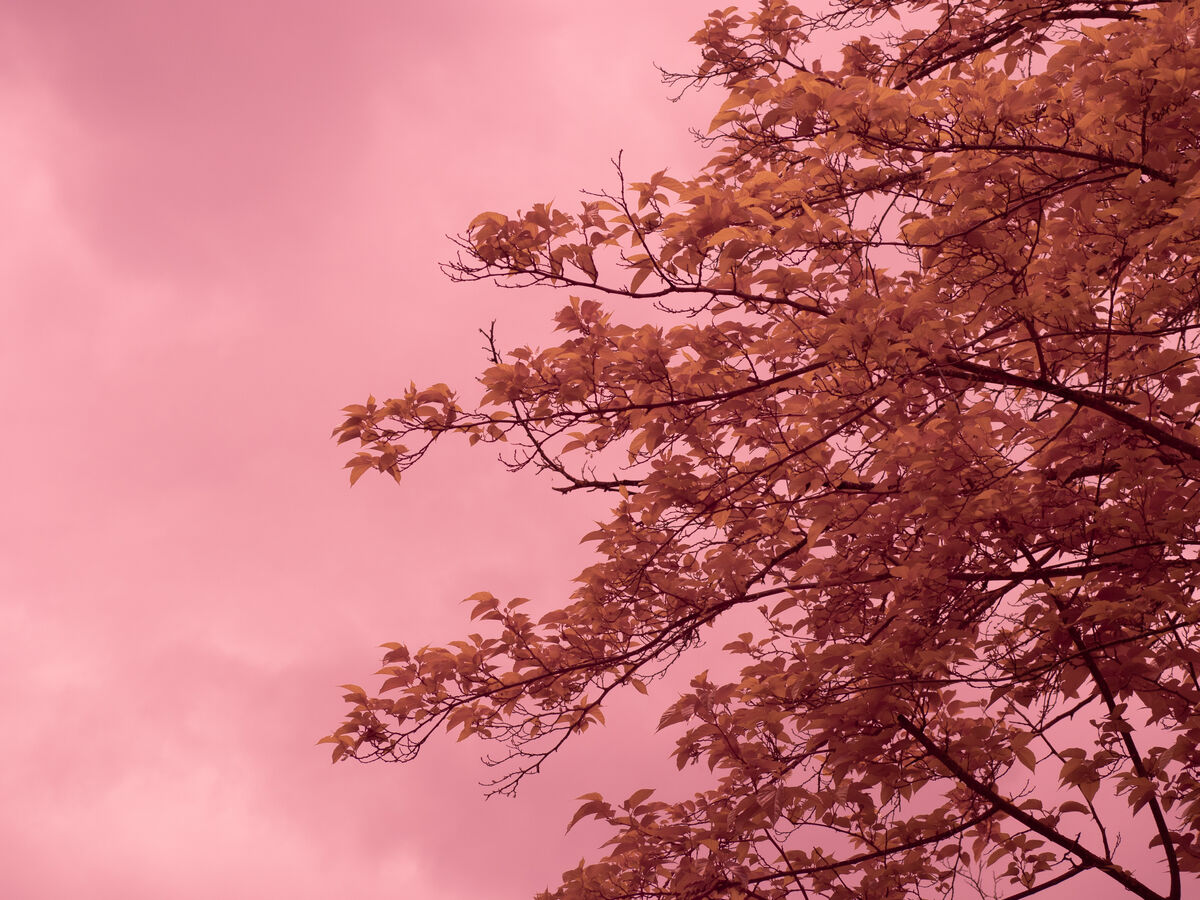
(Download)
Incandescent WB
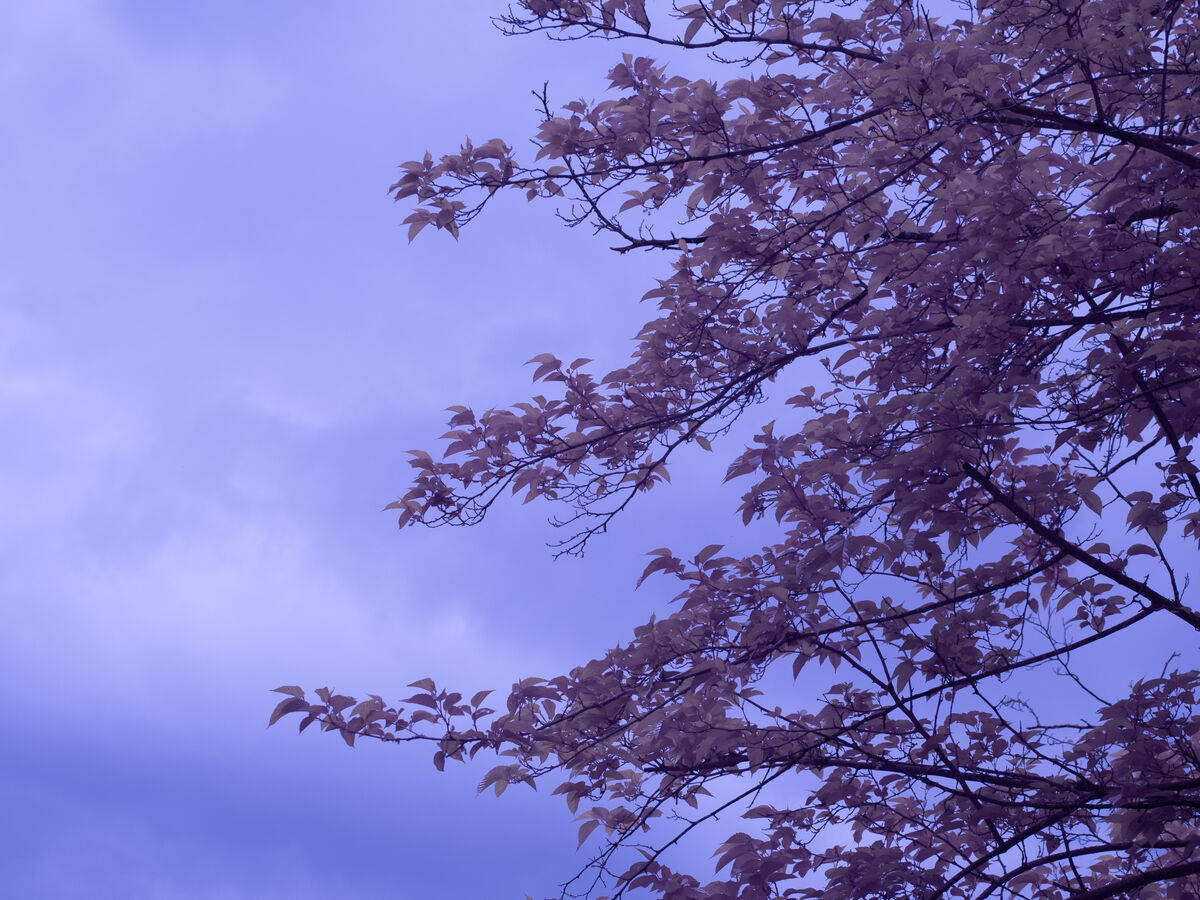
(Download)
Fluorescent WB
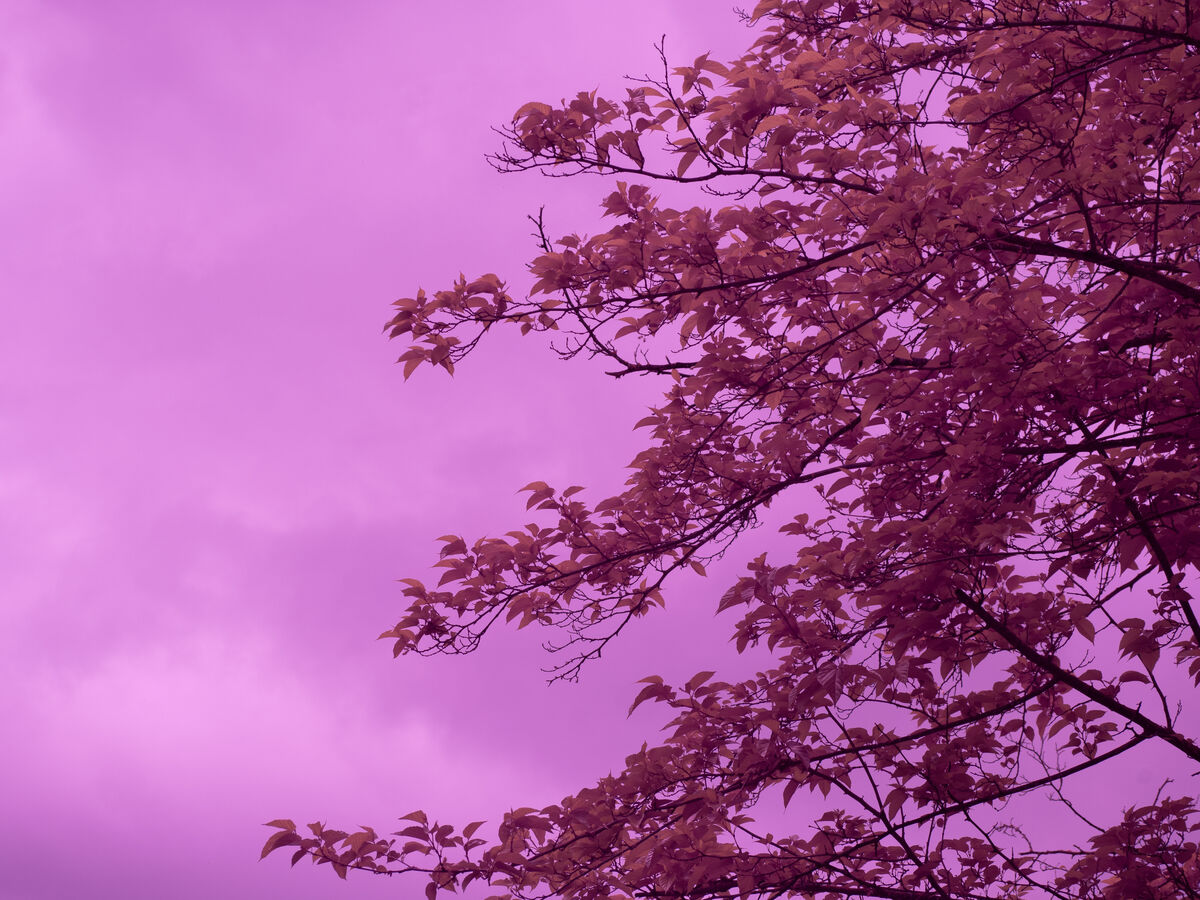
(Download)
Underwater WB
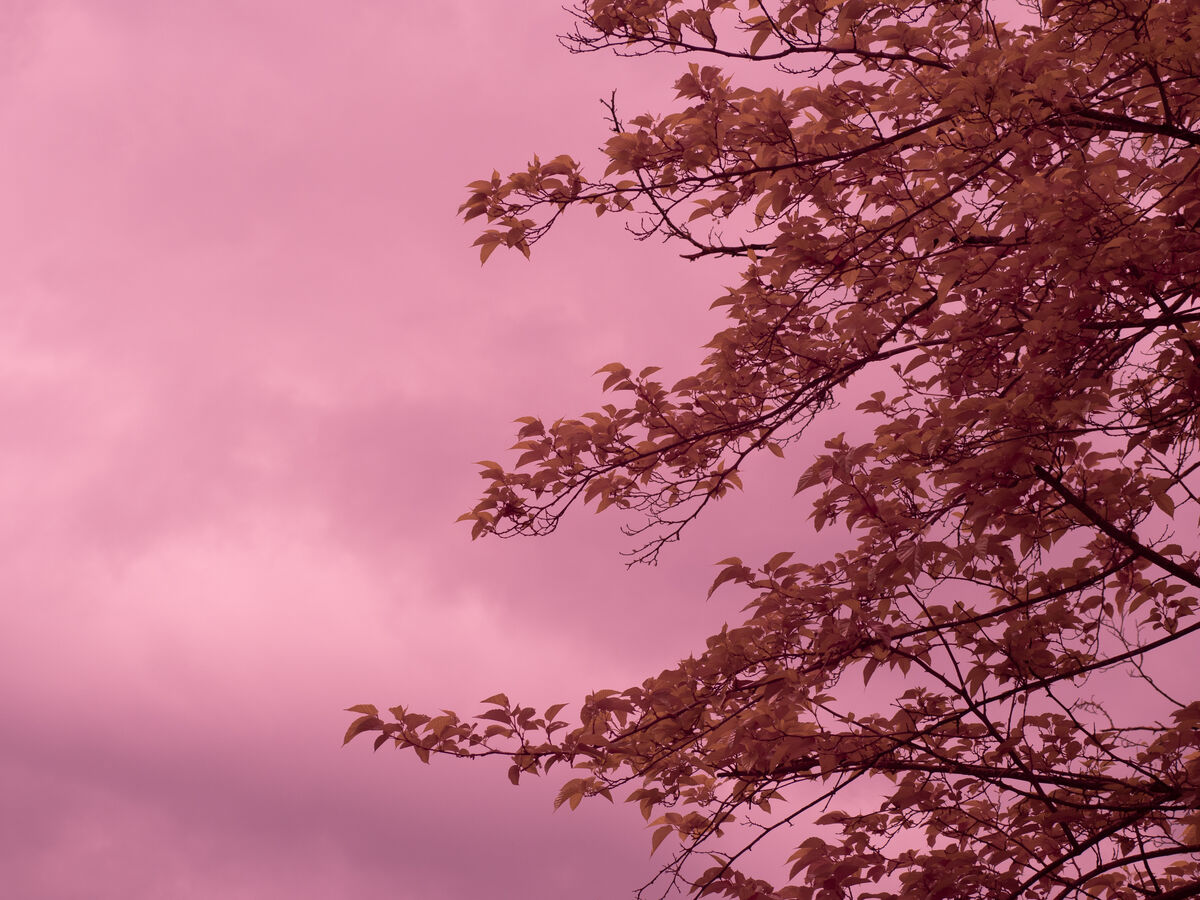
(Download)
And just for fun, offset the Temperature on the Auto WB by -100K
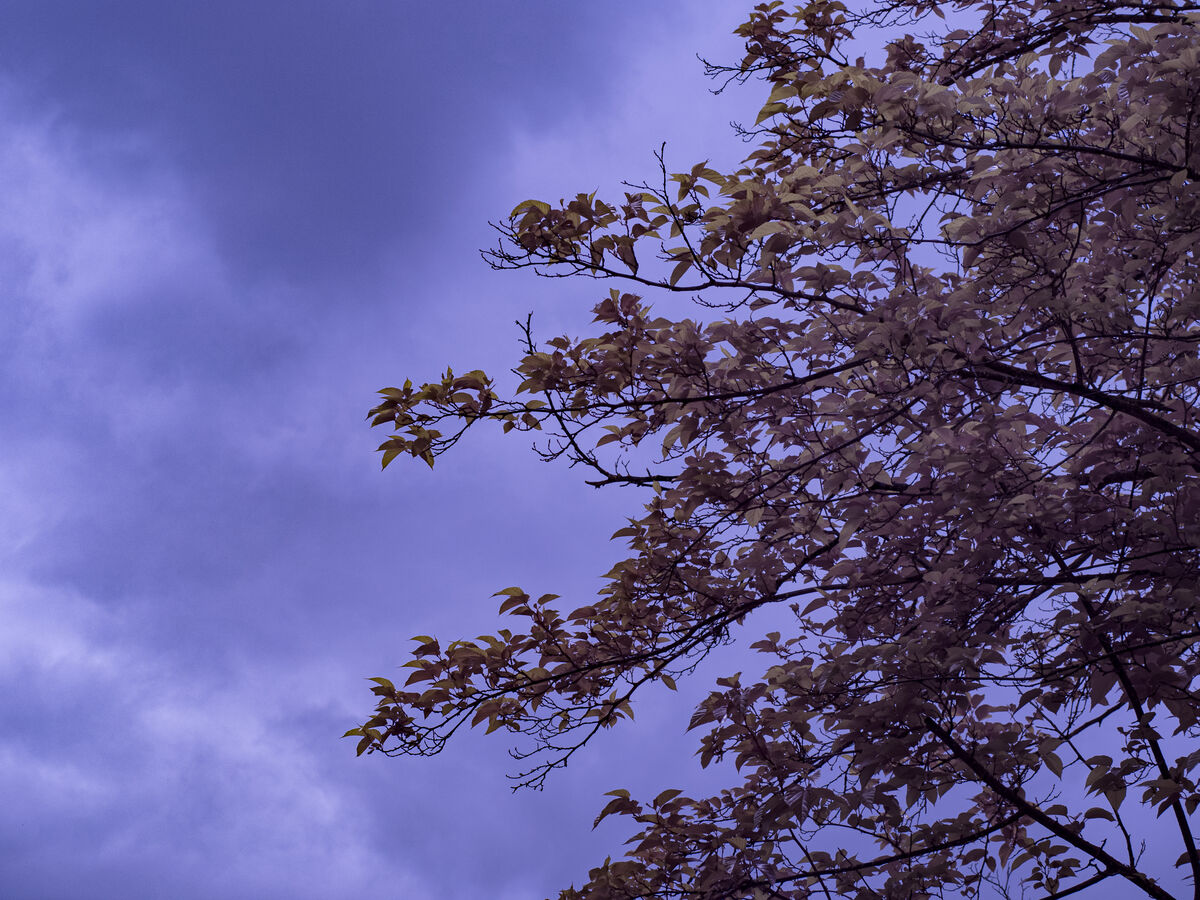
(Download)
May 6, 2023 01:57:32 #
JimH123 wrote:
Did some testing today using a full spectrum camer... (show quote)
I followed Shea's suggestion, and have a 590 Nm conversion
May 6, 2023 07:34:35 #
rgrenaderphoto wrote:
I followed Shea's suggestion, and have a 590 Nm conversion
Wonderful. Now, go have fun with it.
May 6, 2023 10:28:37 #
rgrenaderphoto wrote:
I followed Shea's suggestion, and have a 590 Nm conversion
One more check you should try is to set the camera for sunny WB and take a picture on a sunny day that includes the sky. Then compare to my earlier entries that included 590nm, 720nm and 850nm. If you have a 590nm conversion, the RAW will look very red in the sky.
Other things to try include:
If you have a 590nm conversion, then placing 650nm, 720nm and 850nm filters will change the color if you hold it in front.
If you have a 720nm conversion, then placing a 590nm or 650nm filter in front will darken the image.
In a similar manner, other combinations can be tried.
Remember how far off my capture of the picture of the spectrum was. I do not think the true colors were being reproduced on the monitor causing the results to be skewed.
Jul 16, 2023 12:28:51 #
petrochemist
Loc: UK
JimH123 wrote:
If you have a 720nm conversion, then placing a 590nm or 650nm filter in front will darken the image.
If you have a 720nm conversion, then placing a 590nm or 650nm filter in front will darken the image.
Not so much as to be noticable in most cases. Most long pass filters whether coloured or infra red will transmit around 95% of wavelengths that are more than ~20nm above their transition point. This means the darkening with a shorter wavelength filter will typically be less than 1/10. Changes in lighting when outdoors can easily be much greater than this.
Jul 16, 2023 12:42:02 #
petrochemist
Loc: UK
rgrenaderphoto wrote:
I followed Shea's suggestion, and have a 590 Nm conversion
Congratulations, I generally find 590nm my favorite filter option.
My converted cameras are full spectrum converts, & the 590nm is the filter I fit to them most. After that would be 720nm (which can be used with your conversion) and then one of several blue + IR (sometimes with UV too) options [#47 is the main one as my others are only tiny] These would only give IR on your camera, but might work as a dark ND filter for the IR portion.
I rather like the colours a 590nm tends to give SOOC (with the right CWB - I generally just use a saved WB)
 Andrew Jordan - Infra red panning by Mike Kanssen, on Flickr
Andrew Jordan - Infra red panning by Mike Kanssen, on FlickrPlaying with the hue slider on my very basic photo editor can come up with some quite different looks:
 P1160553 by Mike Kanssen, on Flickr
P1160553 by Mike Kanssen, on Flickr sml P1150526ah by Mike Kanssen, on Flickr
sml P1150526ah by Mike Kanssen, on Flickr
If you want to reply, then register here. Registration is free and your account is created instantly, so you can post right away.
